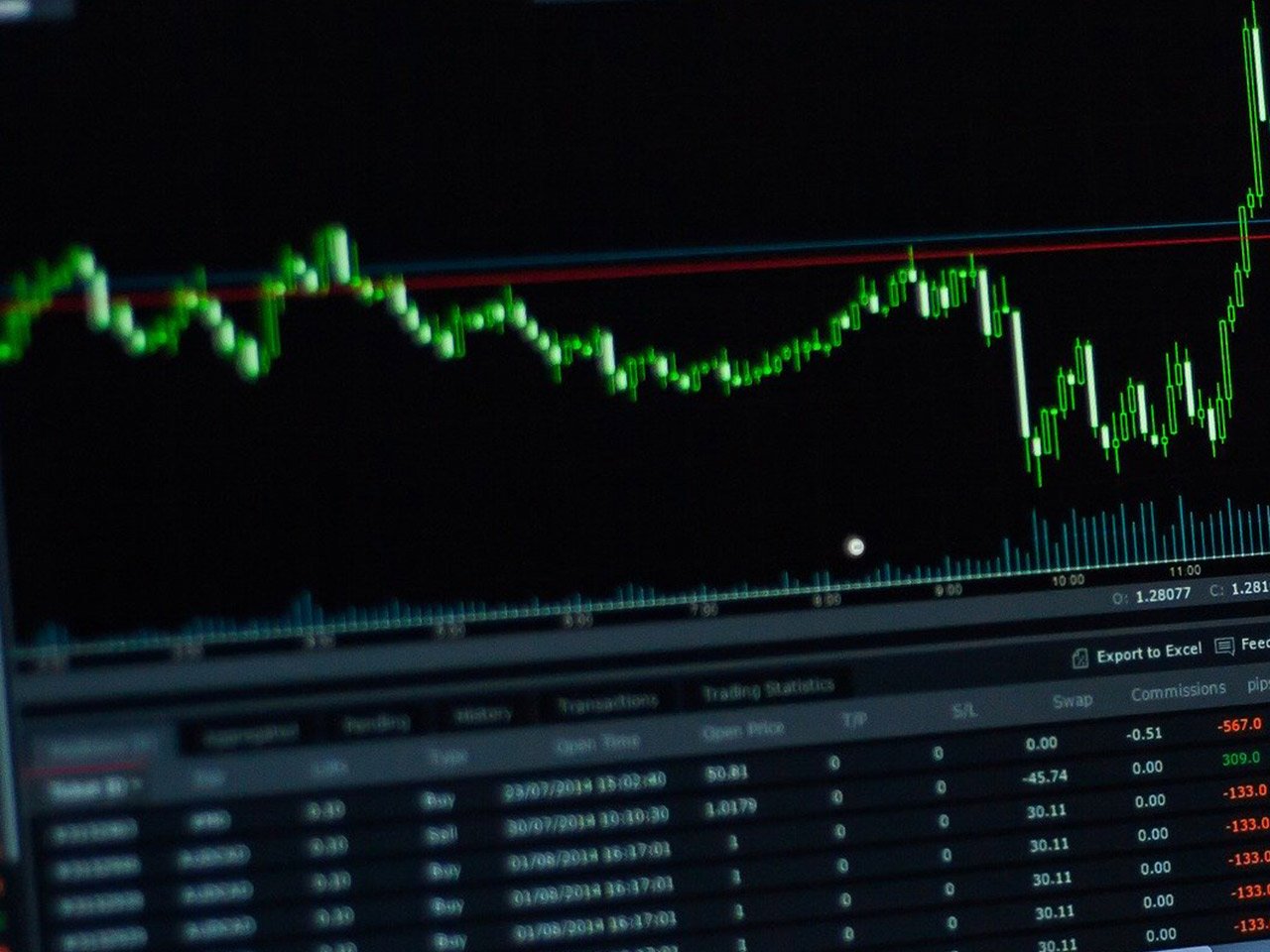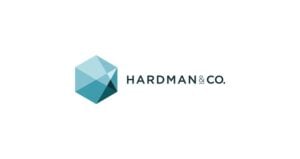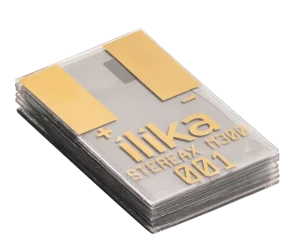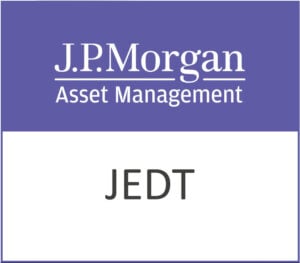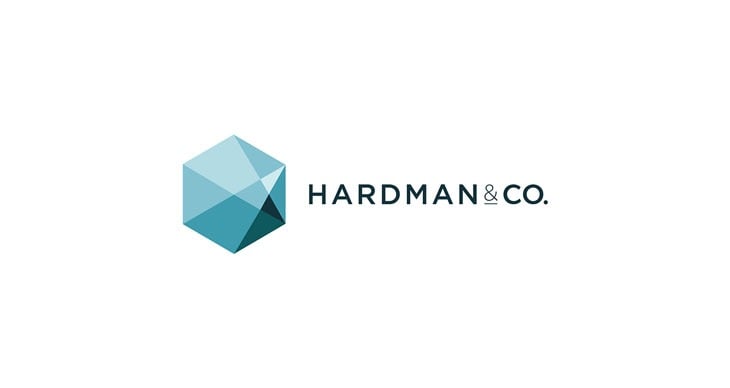British American Tobacco PLC (BATS.L) stands as a formidable player in the Consumer Defensive sector, particularly within the Tobacco industry. Headquartered in London, this iconic British company has been catering to a global consumer base since its inception in 1902. Known for its wide array of products ranging from combustible cigarettes to modern oral nicotine products under brands like Vuse, glo, and Camel, BAT continues to be a dominant force in both traditional and emerging markets.
With a substantial market capitalisation of $90.28 billion, BAT shares are currently trading at 4,131 GBp, the peak of its 52-week range. This trading price reflects a marginal positive change of 0.02%, positioning the share price near analyst targets, which average around 3,958.33 GBp. Despite this, the stock’s potential downside of 4.18% highlights concerns among investors about the stock reaching its saturation point in the short term.
A glance at BAT’s valuation metrics reveals some intriguing insights. While the Forward P/E ratio stands at an eye-popping 1,137.97, traditional valuation metrics such as P/E and PEG ratios remain unavailable, which might give some investors pause. Yet, the company’s robust free cash flow of over £9 billion showcases its ability to generate liquidity, a critical factor in maintaining shareholder returns through dividends.
Indeed, BAT’s dividend yield of 5.82% is particularly enticing, especially given the low interest rate environment. However, investors should carefully consider the payout ratio, which currently sits at 170.77%. Such a high payout ratio could indicate that the company is distributing more to shareholders than it is earning, a potential red flag when it comes to the sustainability of these payments.
BAT’s revenue growth has experienced a downturn of -2.20%, reflecting the broader challenges facing the tobacco industry. This decline may be attributed to increasing regulatory pressures and shifting consumer preferences towards healthier lifestyles. However, the company’s strategic focus on next-generation products, such as vapour and heated tobacco, could provide a pathway to mitigate these declining traditional tobacco revenues.
From a technical perspective, the stock’s RSI (Relative Strength Index) of 67.55 suggests that it is approaching overbought territory, while the MACD (Moving Average Convergence Divergence) indicates a bullish trend, with a value of 125.07 above the signal line of 107.15. The 50-day and 200-day moving averages reinforce this positive momentum, standing at 3,626.54 and 3,178.01, respectively.
Analyst ratings for BAT are generally favourable, with 7 buy ratings, 4 hold ratings, and only 1 sell rating. This mixed sentiment reflects the balancing act BAT must perform in maintaining its market position amid economic and regulatory challenges.
For investors, British American Tobacco offers a complex narrative. Its high dividend yield and consistent cash flow generation make it an attractive option for those seeking income, yet the structural challenges in its core markets and the sustainability of its dividend strategy pose significant considerations. As always, potential investors should weigh these factors carefully within the context of their broader portfolio strategy.


